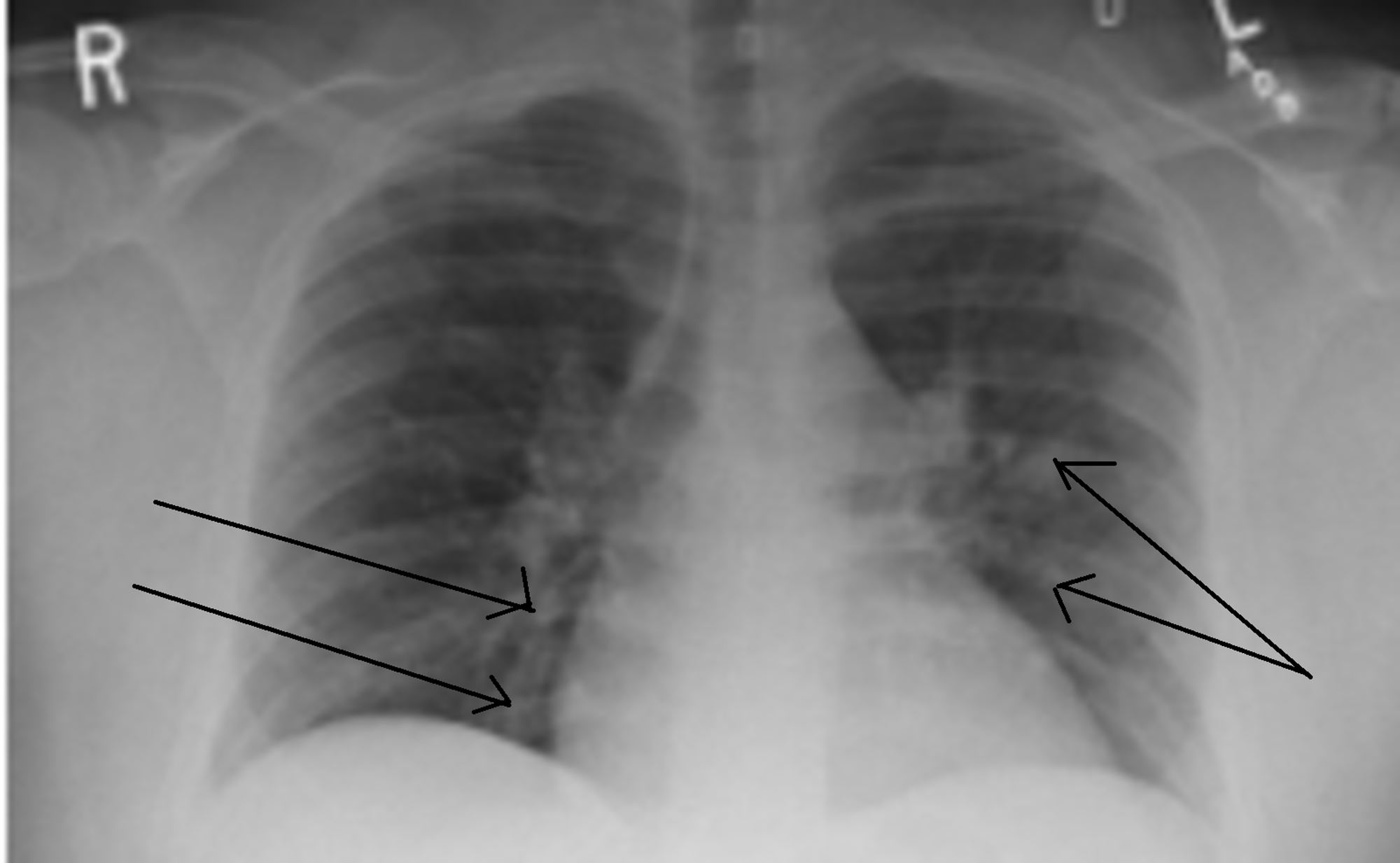

Given the fact that PE is primarily a disease of RV failure, part of the PERT conversation and expertise has to include the use of mechanical circulatory support (MCS). 3 To address these higher-risk PE patients, an increasing number of institutions are establishing multidisciplinary pulmonary embolism response teams (PERTs) in an effort to standardize PE care and improve communication between specialists. Mortality related to massive PE remains high, approaching 40%. PERT AND INITIATION OF MECHANICAL CIRCULATORY SUPPORT 2 Low-risk PE includes the majority of patients presenting with PE but have no evidence of RV strain. 1 Likewise, the massive PE category is relatively broad, including patients with hypotension and a minimal vasopressor requirement to cardiac arrest requiring CPR. The differentiation between these categories based on clinical criteria is not very robust, as submassive PEs may often have invasive hemodynamic characteristics consistent with cardiogenic shock despite apparent surface hemodynamic stability.

Intermediate (or submassive) PEs represent approximately one-third of cases and have evidence of subclinical RV dysfunction (RV dilatation and positive biomarkers of myocardial injury) but no overt hemodynamic instability. High-risk (massive) PEs are relatively infrequent but have, by definition, acute RV failure with sustained hypotension with a systolic blood pressure < 90 mm Hg, vasopressor use, or evidence of distal organ hypoperfusion. The contemporary risk stratification for pulmonary embolism (PE) is centered on the degree of right ventricular (RV) dysfunction rather than the anatomy of the thromboembolic event.


 0 kommentar(er)
0 kommentar(er)
